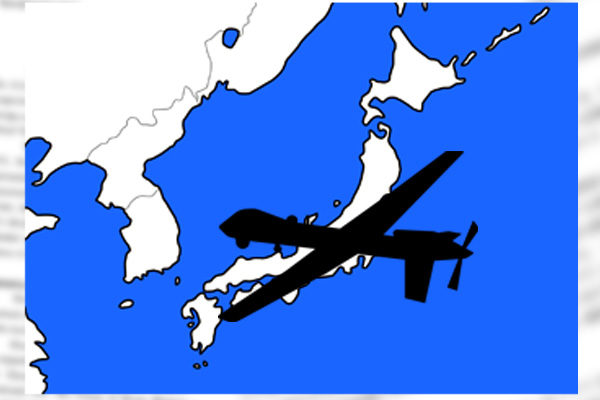On June 1, Ukraine carried out a historic surprise attack using small unmanned aerial vehicles, or drones, damaging a lot of Russian Air Force planes. Ukrainian President Volodymyr Zelensky said that the operation destroyed approximately 34% of Russia’s strategic aircraft, totaling 41 planes, which will significantly impact on not only future Russian military operations but also ceasefire negotiations.
Drones dealt a big blow to Russia
In the operation codenamed “Spider’s Web,” the Security Service of Ukraine launched near-simultaneous attacks on four Russian air force bases with 117 drones. The Russian military planes destroyed by the Ukrainian attack included an A-50 early warning and control aircraft for detecting Ukrainian fighter jets and missiles and Tu-95 and Tu-22M3 strategic bombers for launching cruise missiles against Ukraine.
The New York Times reported on June 3 that six Tu-95s, four Tu-22Ms, and one A-50 were likely destroyed or damaged by Ukrainian special forces and that up to 20 Russian strategic aircraft might have been destroyed or seriously damaged. Given that the bombers are old models remaining in service since the Cold War era and are no longer produced in Russia, the offensive power of Russian forces may stay significantly reduced for a long time to come.
The operation took place the day before Ukraine and Russia were scheduled to hold ceasefire negotiations in Istanbul, Turkey, apparently demonstrating Ukraine’s political will not to give in to Russia’s demand for Ukraine’s surrender in the negotiations.
Militarily, the Ukrainian operation aimed to destroy Russian strategic aircraft in order to reduce long-range missile attacks on Ukraine. It should be commended that, during approximately 18 months of operational preparation, Ukraine had transported small drones — designed only for short-range operations — with trailers and other means, without being noticed by the Russians, to various Russian locations including an air force base more than 4,000 kilometers away for the near-simultaneous attacks. This is why the surprise attack is called the modern version of the “Trojan Horse” or the “Pearl Harbor attack.”
Lessons from Ukraine ingenuity
This operation will go down in history in many ways and may represent a turning point in changing the nature of warfare in the future. Ukraine’s demonstration of the potential to strike anywhere in the world with low-cost drones indicates how difficult future national defense would be.
Newsweek magazine in its online edition on June 4 warned that the United States could be hit by China’s “Pearl Harbor attack.” This warning also applies to Japan. Japan should learn from Ukraine’s ingenuity and promptly consider how to defend itself.
Kiyofumi Iwata is a member of the Planning Committee at the Japan Institute for National Fundamentals. Formerly, he served as Chief of Staff of the Japan Ground Self-Defense Force.


